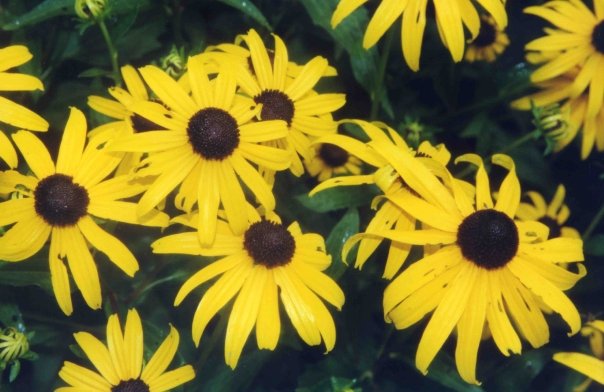This is the time of year when many of us sit curled up in the corner of the couch with a seed catalog in our lap, turning down corners of pages . . . and pages . . . and pages. If you’re like me, the wish list is long but garden space, not to mention cash, may be in a bit shorter supply. Researchers have come up with more and more ways to manipulate the genetics of plants, resulting in an amazing variety of flower shapes and colors, intended to attract humans more than pollinators.
Take for instance a recent article in Catch the Buzz, http://home.ezezine.com/1636/2014.01.03.09.24.archive.html titled Roses are red – why some petunias are blue:
Researchers have uncovered the secret recipe to making some petunias such a rare shade of blue. The findings may help to explain and manipulate the color of other ornamental flowers, not to mention the taste of fruits and wine, say researchers who report their findings in the Cell Press journal Cell Reports on January 2nd. The key discovery is a kind of cellular pump that was previously unknown in plants. When that pump fails to work properly, as it does in some petunias, the flower petals can’t acidify special compartments within their cells. As a result, those petals turn blue instead of red or violet – much like the litmus paper many of us will recall from chemistry class.
The article goes on to explain all the molecular biochemistry of cellular pumps, reduced acidity and metal-anthocyanin complexes but the end product, the one consumers turn down corners of pages for, is the coveted blue flower. But not so fast. One sentence embedded in the article might make us beekeepers want to make better use of our money and garden space.
From the flowers’ point of view, the findings also have important implications, since blue petals instead of red might spell disaster when it comes to attracting pollinators.
The article doesn’t say exactly why blue isn’t the best choice for attracting pollinators. I intend to find out and report on this next week. In the meantime, I think I’ll stick to the old tried and true colors, because beauty is in the eye of the bee-holder, pardon the pun. I would much rather the bees and other pollinators benefit from the natural colors than have the newest color trend in my garden.
~ Janice Sina is a former biology teacher turned veterinary assistant and beekeeper who loves to weave her experiences of the natural world into her writing. Look for her posts on Tuesdays and Fridays.


Follow Us!